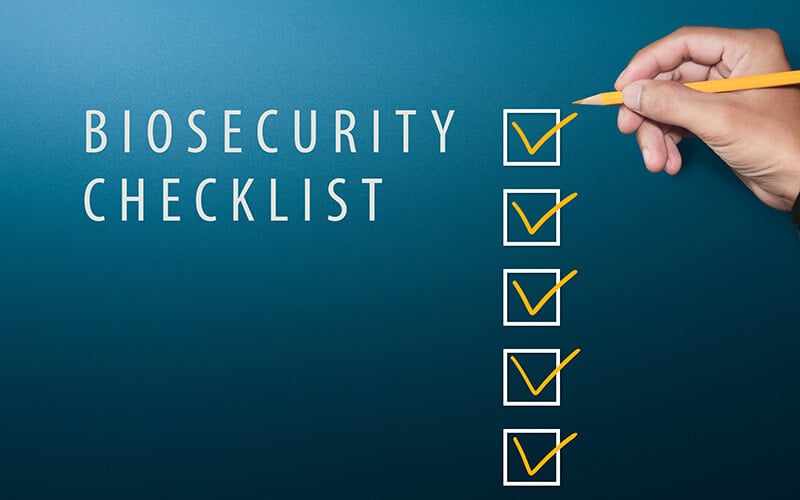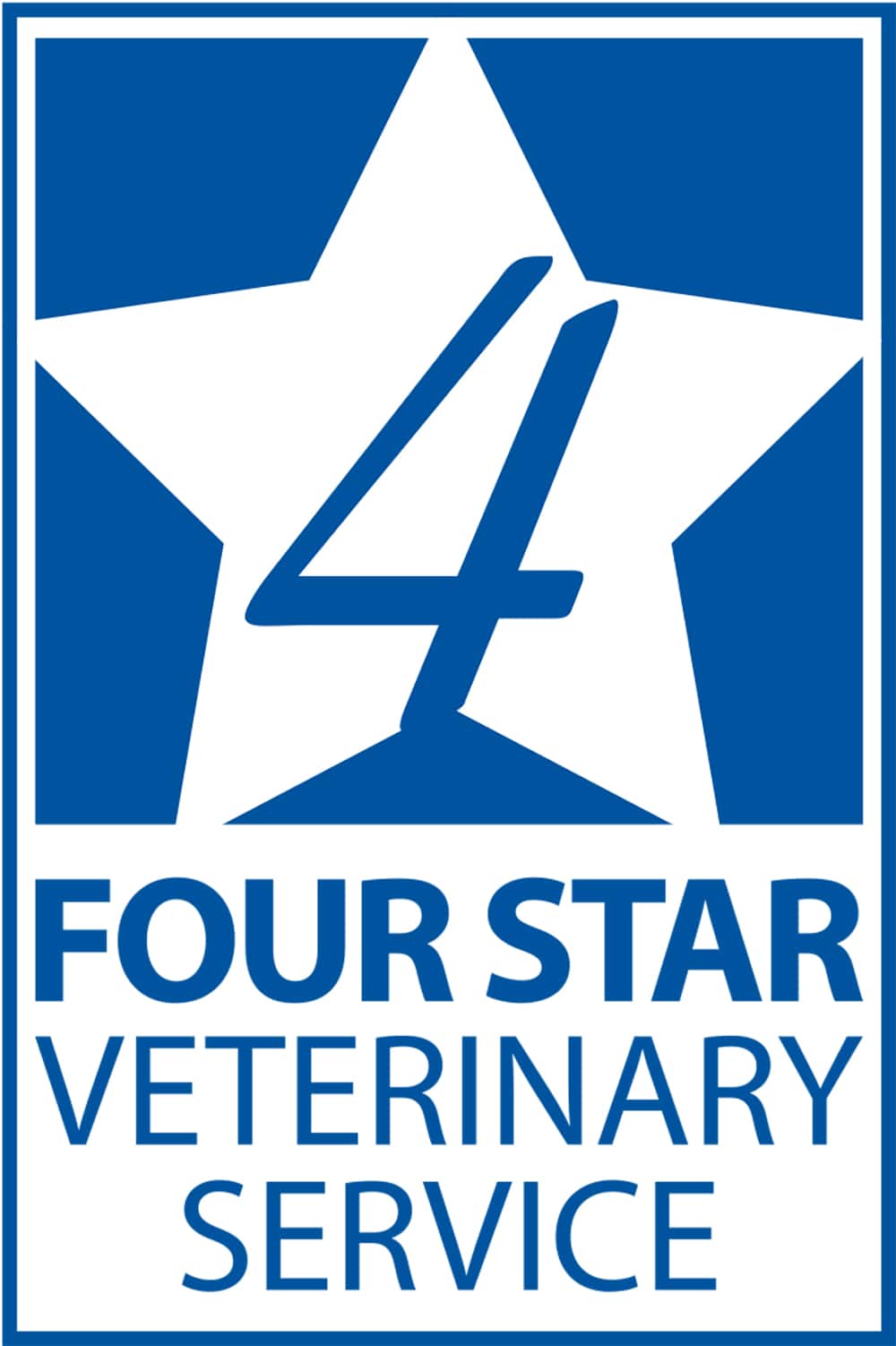
Hog production today involves detailed biosecurity plans to prevent disease outbreaks. But keeping up biosecurity protocols can become tedious. To prevent biosecurity lapses, producers should pay regular attention to biosecurity and not ignore it.
“Biosecurity is a maintenance area that continually needs to be given attention,” stated Duane Long, DVM, Four Star Veterinary Service, Mexico, Indiana. “As with any other part of the operation, if biosecurity is not addressed, something will potentially break.
“There is such a big difference between farms that are disease prone and farms that are more disease free,” he continued. “If you can be a farm in the low-disease-pressure category, it is so much more enjoyable to raise pigs when they are not sick. Managing health and biosecurity is a huge part of that — keeping the diseases out that we don’t want.”
Long offers several suggestions for making biosecurity a priority and keeping disease outbreaks to a minimum.
Periodic biosecurity reviews
At least once or twice a year, hog farms need to go through a formal biosecurity review or audit where workers are interviewed and barns inspected.
“It’s the process of finding a weak link and uncovering an area of concern or an area that is potentially problematic,” Long said.
He suggests using a checklist for the review. Checklists are available online, including this one on the Pork Quality Assurance website. Producers also may want to hire an independent advisor to conduct the review.
Formal biosecurity protocol
“Formalized means writing it down like ‘Here’s how we do it on the farm,’” Long explained. “These are the procedures you follow for biosecurity.”
The biosecurity protocol should be based off the audit and updates made when areas of weakness are discovered. One common weakness is with incoming animals.
“I think a critical area is understanding the health of your incoming animals like gilts and new boars,” Long said. “Not understanding the health status of those animals, and then not properly isolating and testing them prior to entry, are real, common problems.
“Another huge problem is transport vehicles,” he added. “Not knowing the history of the transport vehicle that just pulled up to your farm and backed up to your facility to load animals out is a significant disease risk to your animals. It’s an example of a biosecurity loophole that can become the weak link.”
Planned biosecurity meetings
Long encourages farms to hold periodic biosecurity meetings with the whole team, including anyone who physically comes to the farm with a vehicle or enters the farm. These meetings help everyone understand the biosecurity protocols for the farm.
“Setting aside some time for group discussions raises awareness and highlights the importance of the issue,” he explained. “Along with that, it’s also important to communicate expectations so people know what their behavior should be. Then there should be accountability if someone doesn’t follow the protocol.
“A lot of times we communicate by words, but equally or more important, we also communicate by example,” he added. “If I’m the manager of a farm and I’m not following the biosecurity protocols we have in place, then that’s also communicating something to the employees. But if they consistently see the upper management following protocols, that communicates a positive message that this is how we do it and we value our protocols.”
Help with biosecurity
Producers looking for help with biosecurity can contact a veterinarian.
“Veterinarians play a crucial role in being a resource for biosecurity concerns, all the way from developing the audit checklist to being the third-party auditor, which may involve visiting the farm and reviewing your processes,” Long said.
“They should be consulted to help develop the farm’s biosecurity protocol and conduct meetings to educate employees. Sometimes it’s more effective if employees hear it from an outside person like a veterinarian,” he added.
“Now that we are in the time of year when disease transmission is seasonably low, it’s a good opportunity to review our biosecurity practices before the higher-risk times come.”
